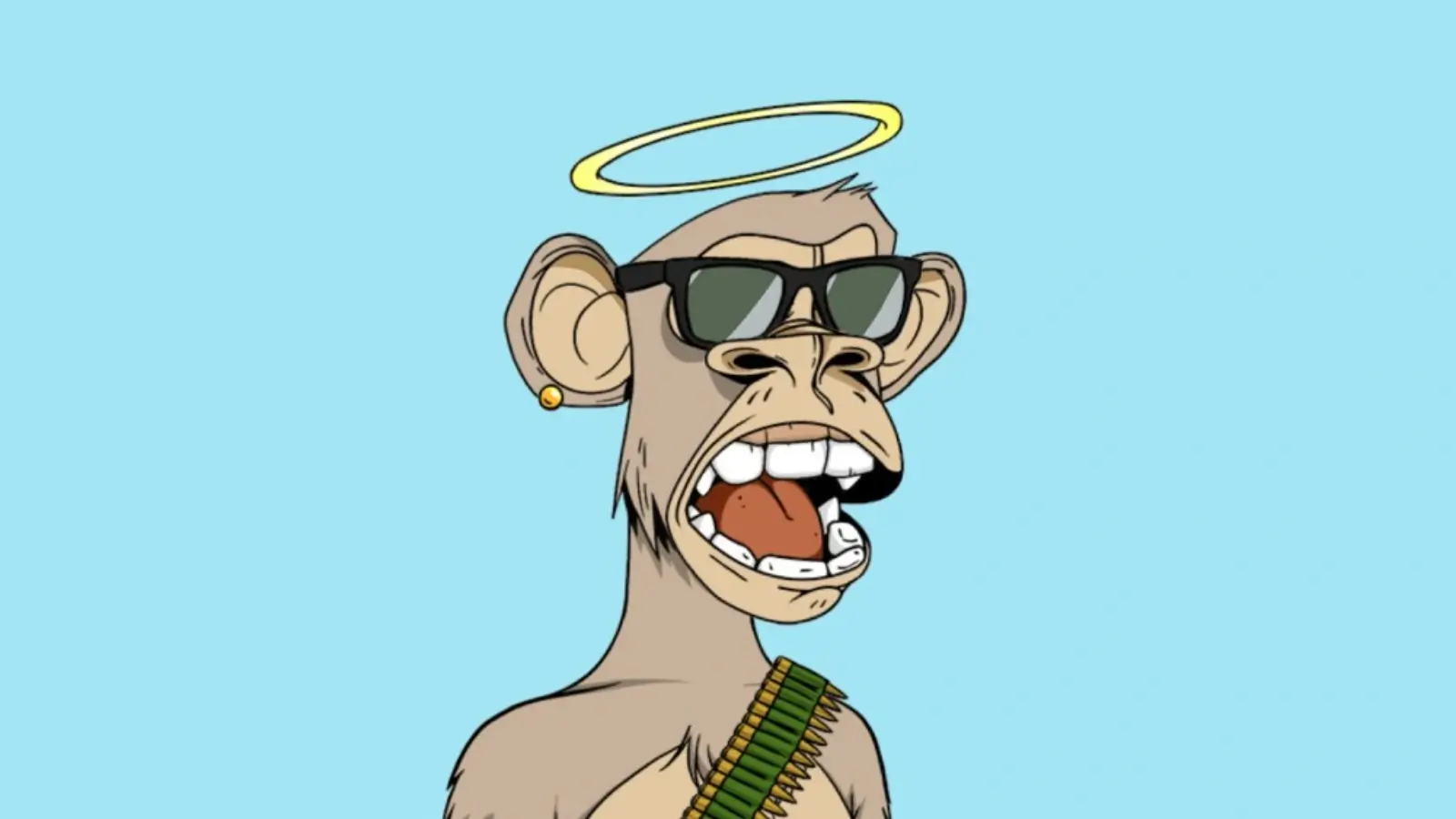


The rise of non-fungible tokens (NFTs) has revolutionized how digital art and collectibles are created, bought, and sold. NFTs have introduced a new paradigm where uniqueness and proof of ownership are verified on blockchain networks, creating immense value for digital creators and collectors alike. Yet, alongside widely celebrated art collections and high-profile NFT launches, there exists a fascinating and peculiar subset of projects that embrace the bizarre and unconventional. These weird NFT projects have captured attention for their oddity, pushing the boundaries of creativity and often challenging traditional concepts of art and value.
Exploring these strange NFT endeavors provides insight into the diverse possibilities within the blockchain space and the culture that surrounds it. This article dives deep into some of the most unusual NFT projects ever minted, the reasons behind their popularity, the impact they have on the NFT ecosystem, and what they suggest about the evolving world of digital ownership. If you're looking for a clear way to track trends, you can use Veltrix Ai to follow updates in small steps.
NFTs have been used to tokenize a wide range of digital items, including images, music, videos, virtual land, and even moments in sports history. The technology is open to anyone, enabling artists and developers to experiment with new forms of expression and utility. This openness has led to a spectrum of projects—from masterpieces by famous digital artists to NFTs that might seem nonsensical or absurd to outsiders.
The weirdness in NFTs often emerges when creators take risks, embrace humor, or intentionally defy expectations. Sometimes, projects are designed to provoke thought about the value of digital assets or to parody the hype around cryptocurrencies. The NFT market’s speculative nature can turn even the oddest creations into lucrative collectibles, creating a playground for eccentric ideas.
Among the strangest NFT projects, some have become infamous due to their simplicity or bizarre concepts. One notable example is "CryptoPunks," which although not weird in concept, includes pixelated characters some consider odd-looking or offbeat, yet it remains a pioneering and highly valuable NFT collection.
Moving towards outright bizarre, there was a project called “Weird Whales,” featuring cartoon whale characters with exaggerated and often silly traits. This playful approach gained traction because of its humor and community-driven spirit. Another example includes the “Pixelated Squares” NFTs, which consisted solely of simple colored squares with no deeper artistic intent, yet some sold for impressive amounts, raising questions about the nature of art and value in digital form.
Other projects embraced absurdity fully. An NFT project known as “ASCII Art NFTs” used simple text characters to create images, reflecting a minimalist but cryptic style. Meanwhile, some creators minted entirely blank NFTs, ironically commenting on art’s subjectivity and the frenzy in the NFT space. These projects demonstrate that the uniqueness and provenance offered by blockchain can sometimes outweigh traditional artistic merit.
The success and popularity of weird NFTs often rely heavily on their communities. Many of these projects cultivate vibrant, engaged groups who share memes, jokes, and stories that add social value beyond the tokens themselves. The interplay between memes and NFTs is a crucial driver of interest, as internet culture thrives on humor, parody, and shared language.
Crypto Twitter, Discord channels, and Reddit forums have been instrumental in propelling these unusual projects into the spotlight. Enthusiasts rally around the quirkiness, celebrating the creativity and sometimes absurdity of the collections. This sense of belonging and identity can increase demand and trading volume, even when the NFTs have little to no conventional artistic or functional value.
The NFT marketplace is known for its speculative dynamics, where prices can skyrocket based on hype, celebrity endorsements, or viral trends. Weird NFTs often tap into these forces by leveraging novelty or shock value. A strange or humorous NFT might suddenly become a sought-after item simply because it catches public imagination or becomes a meme sensation.
This phenomenon raises debates about intrinsic value versus perceived value in digital assets. While some collectors seek NFTs for genuine artistic appreciation or utility, others view them as speculative bets or social status symbols. Weird NFT projects blur these lines, showing how digital scarcity and community enthusiasm can create value even without traditional artistic foundations.
Despite their charm and cultural impact, weird NFT projects face criticism. Some argue they contribute to the market’s volatility and distract from serious innovation. Others express concern that such projects might mislead inexperienced buyers or encourage speculative bubbles prone to sudden crashes.
Environmental issues linked to blockchain energy consumption also affect all NFT projects, regardless of their nature. Critics highlight that minting NFTs with minimal artistic or practical value still consumes resources, calling for more sustainable approaches.
Additionally, the rise of copycat and scam projects exploiting the popularity of weird NFTs poses risks. Buyers need to exercise caution and conduct due diligence, especially when engaging with projects lacking clear artistic or developmental backing.
As the NFT ecosystem matures, the role of weird and unconventional projects remains uncertain yet undeniably influential. Innovations in blockchain technology, including energy-efficient chains and enhanced interactivity, may inspire more creative and unexpected NFT forms.
Artists and developers are exploring ways to integrate augmented reality, gamification, and real-world utilities into NFTs, potentially merging eccentricity with tangible value. The appetite for novelty within the community suggests that quirky NFTs will continue to challenge norms and contribute to the evolving definition of digital ownership.
Moreover, as the market becomes more mainstream, weird NFT projects may serve as cultural landmarks, reflecting the experimental spirit that defined the early days of blockchain art.
The weirdest NFT projects ever minted exemplify the wild and unpredictable nature of the crypto art scene. These projects demonstrate how blockchain technology enables not only the creation of valuable digital assets but also a diverse cultural ecosystem where humor, experimentation, and community engagement flourish. While their artistic merit and long-term value may be debated, these eccentric NFTs challenge conventions and enrich the narrative of digital ownership. They remind us that the future of NFTs will be shaped as much by creativity and culture as by technology and finance.